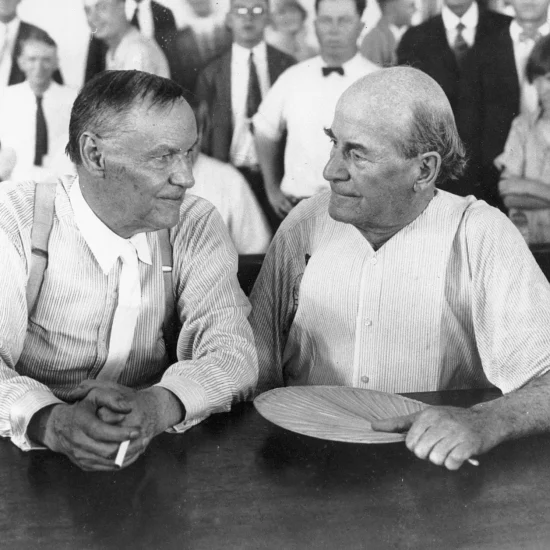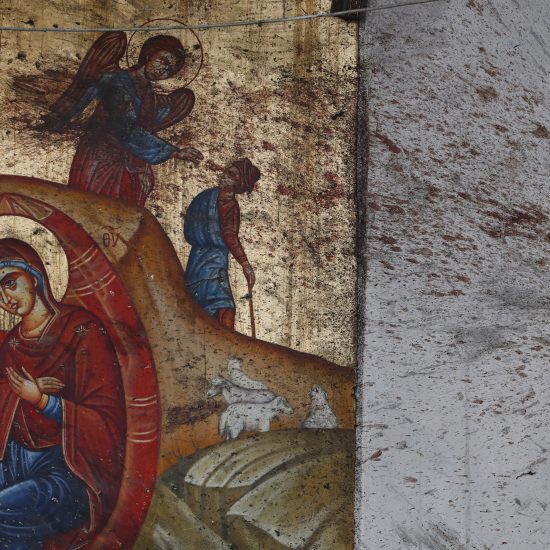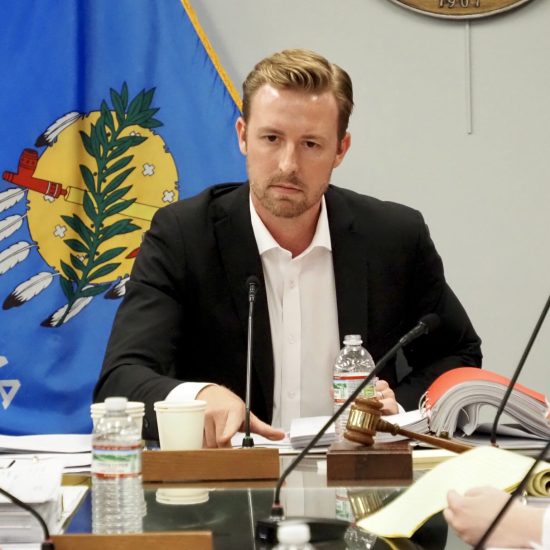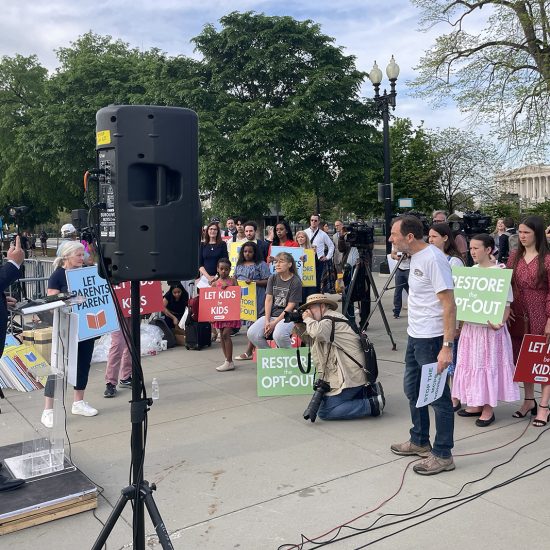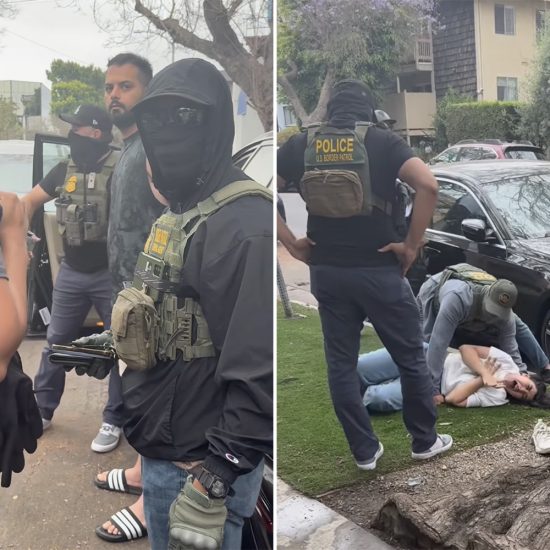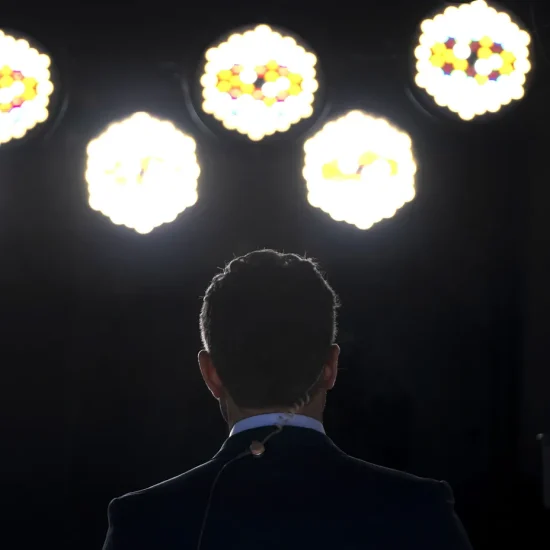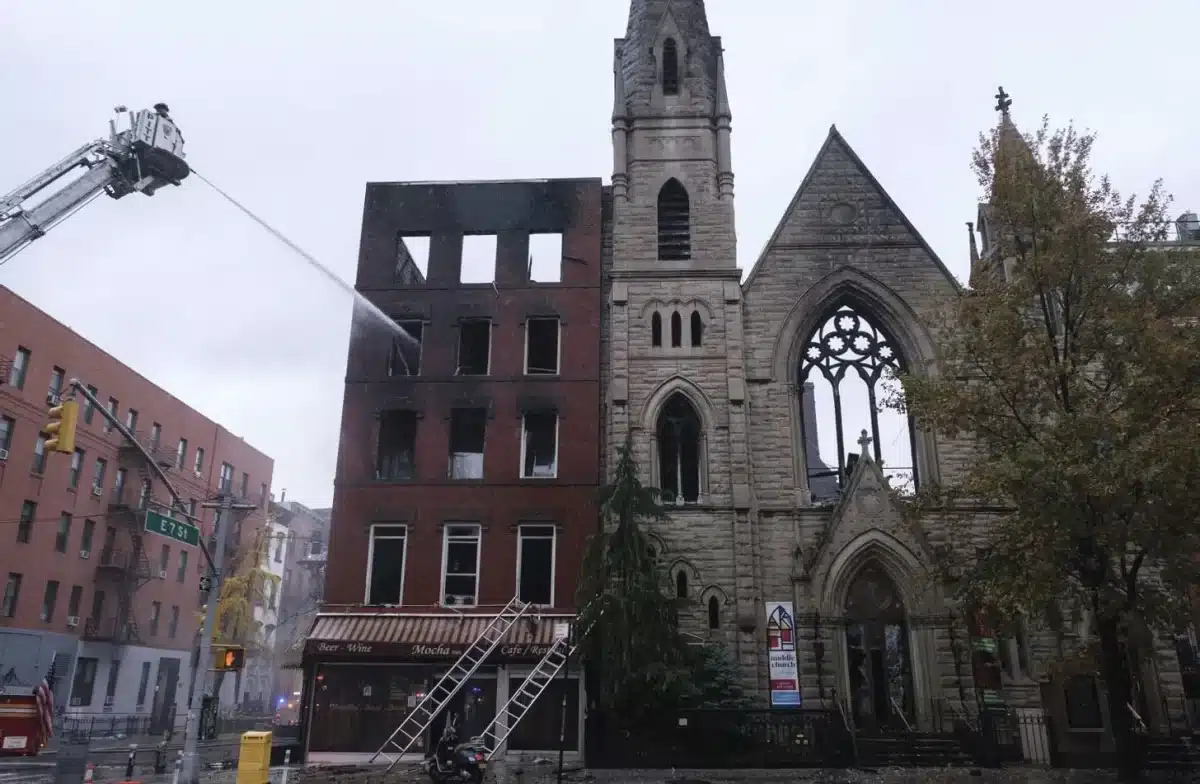
Along Second Avenue in Manhattan you’ll find the Middle Collegiate Church and its steeple. But if you open its doors what you won’t see are its people.
That’s because a 2020 fire that started in the building next door gutted the church, leaving little more than some of its exterior walls standing. Keeping them erect has required millions of dollars in steel bracing and other safety measures, eroding the funds available for rebuilding provided by the church’s insurance settlement. Now the congregation, which is dually affiliated with both the United Church of Christ and the Reformed Church in America, finds itself in a dispute over whether its historic façade is salvageable.
“We can say the façade didn’t burn down, but it’s burned up,” Rev. Dr. Jacqui Lewis, a prominent social justice activist and the congregation’s senior minister, told The Village Sun last month. “Our engineer says it’s unsafe because it’s deteriorating. I’ve invested $4 million to hear that it’s unsafe.”

Firefighters work to extinguish a fire that erupted from the building next to Middle Collegiate Church on Dec. 5, 2020, in New York City. (Yuki Iwamura/Associated Press)
In order to move forward in its ministry, the church wants to tear the remaining structure down and start anew. However, the church is located in a historic district. That means New York City’s Landmarks Preservation Commission must bless the demolition request. But some local preservationists are objecting, insisting there is not yet “sufficient evidence at this time to justify the permanent and irreversible removal.”
For the church, this focus on preserving walls misses the point. As Lewis told us, “We simply cannot continue to throw more money at burned bricks, when that money can do so much more good for our community. We cannot turn an archway into an idol.”
“What’s historic about that space is us,” Lewis added to Religion News Service. “And the brick and mortar is not us.”
The conflict raises a variety of interesting and thorny questions. To what degree should historic preservation laws limit what churches can do with their buildings? How are physical structures related to a community’s life and mission? What do congregations owe their neighbors and vice versa?
In this edition of A Public Witness, we explore some of the complexities that have emerged from this tragedy. We revisit similar-but-different cases that arose in the past, look at the ambiguous legislative and legal track record that exists, and suggest how this disagreement might resolve as Middle Collegiate’s leadership continues its efforts to reclaim its historic witness from the ashes that decimated its sacred space. 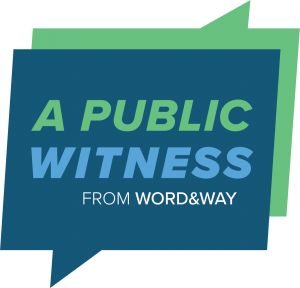
The rest of this piece is only available to paid subscribers of the Word&Way e-newsletter A Public Witness. Subscribe today to read this essay and all previous issues, and receive future ones in your inbox.

